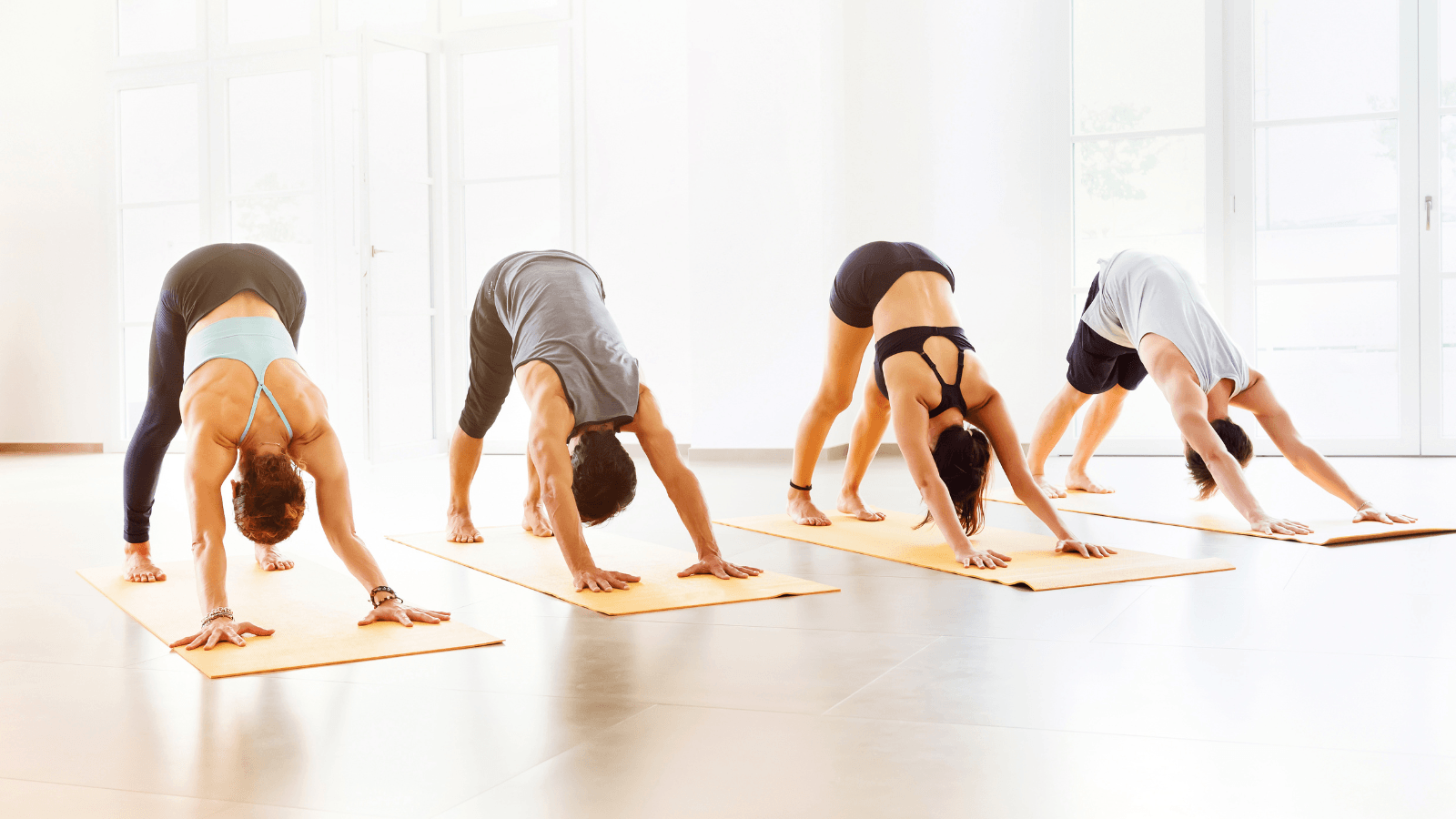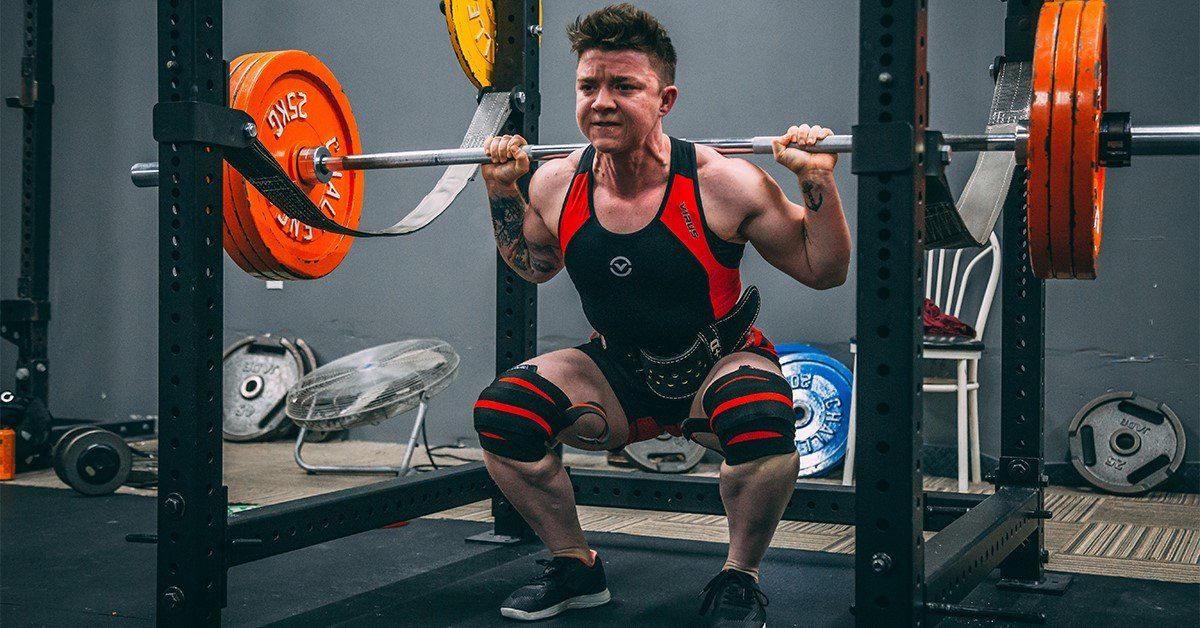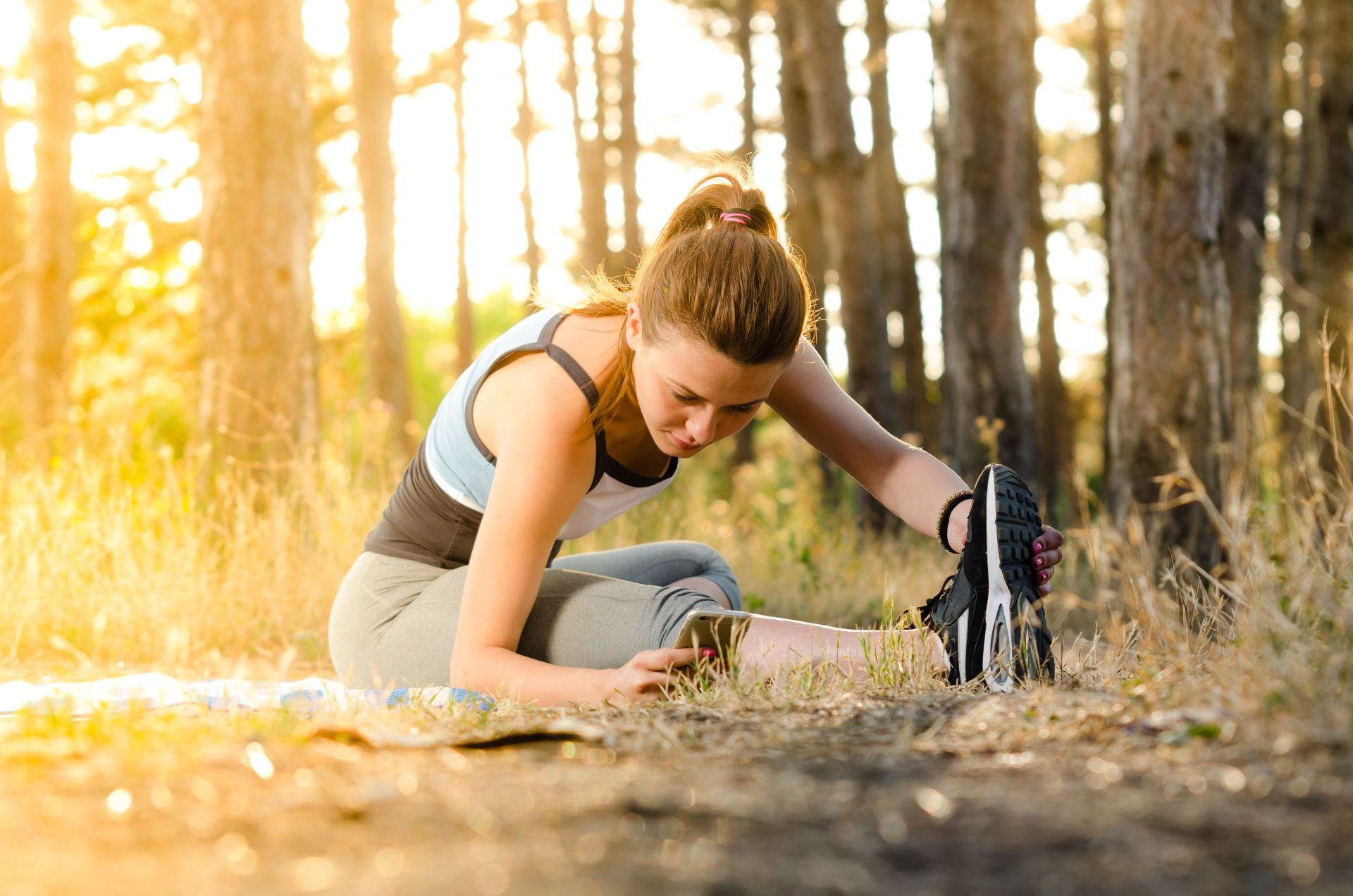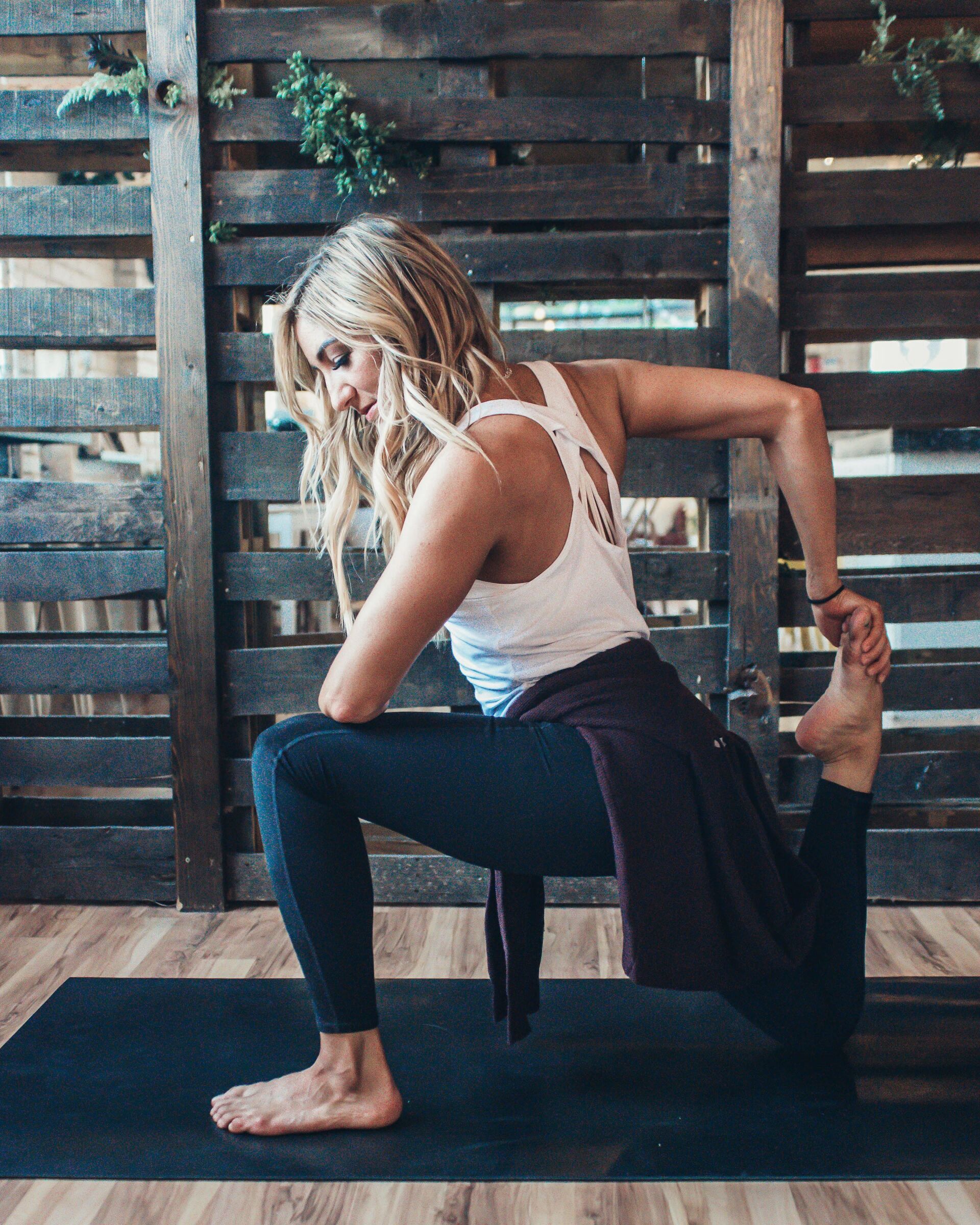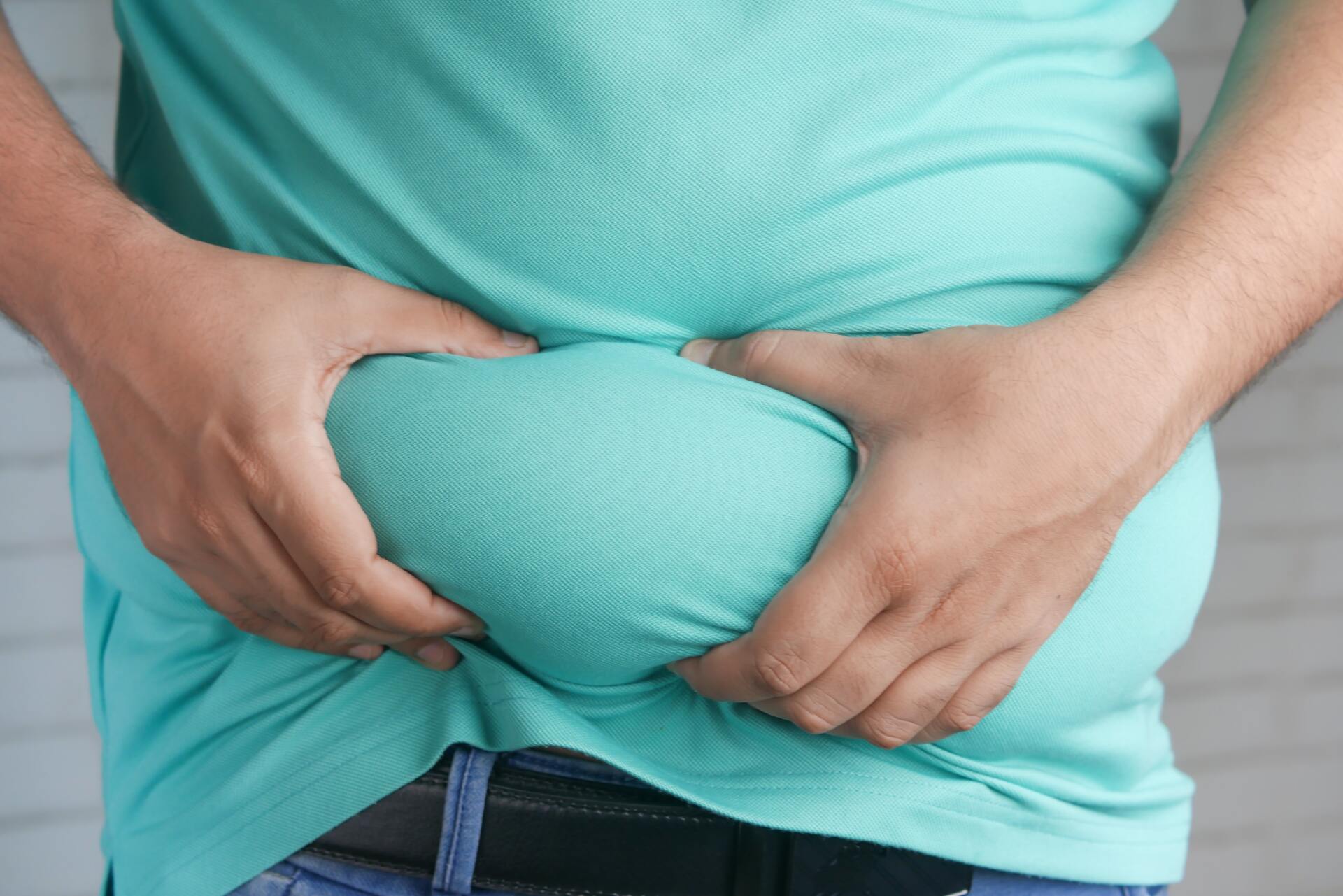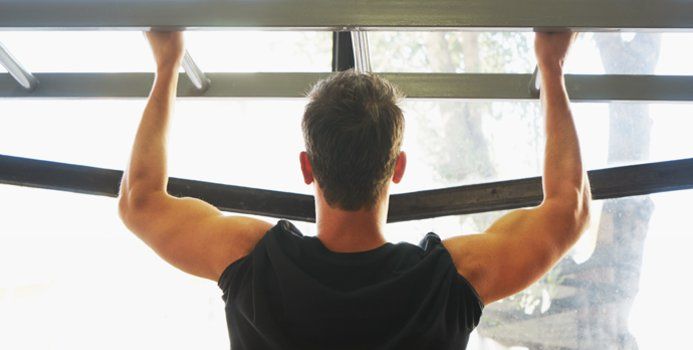Muscle Spasm Causes And Treatment Tips
Muscle cramps are involuntary, intensely painful muscle contractions that many athletes or exercise enthusiast have experienced at some point. Some people experience them often and simply seem to be prone to muscle cramps.
If you've ever had muscle spasms or muscle cramps, you know they can be extremely painful. In some cases, a muscle may spasm so forcefully that it results in a bruise on the skin.
Any muscle can develop spasms, from the small intrinsic hand muscles of a musician to the larger “charley horse” calf muscles of a runner.
Common Causes Of Muscle Spasms Or Cramps
- Dehydration . If you lose a lot of sodium and don’t replace it which occurs easily when you sweat a lot, this can cause fluid shifts in the body and as a result, cause your muscles to cramp up.
- Electrolyte or mineral depletion . The lack of electrolytes such as calcium, magnesium, sodium or potassium can be a trigger for muscle spasms. This depletion occurs from not staying hydrated and replacing the necessary electrolytes needed for proper muscle function.
- Overuse or general muscle fatigue. Injury or spasm can happen when the muscle is too weak or too fatigued to perform a task. Listen to any feedback your body is telling you. Overtraining can causes spasms, primarily due to the fact that if the muscle is really exhausted or damaged, then it's will not going to be able to absorb nutrients and get rid of waste quite as easily.
- Being active in hot weather . Heat cramps are painful, brief muscle cramps that occur during or after exercise or from working out in a hot environment. Cramping may also be delayed and occur a few hours later. Heat cramps are thought to be caused by a deficiency in electrolytes.
- Lack of proper warm-up or stretching post exercise. Keeping your muscles loose and flexible will help prevent them from tightening up and cramping. Be sure to stretch the specific muscle groups that are most prone to cramping both before and after exercise or strenuous physical activity.
- Kidney or thyroid disorder . These disorders can affect fluid levels.
- Diabetes. Leg pain and cramps often occur as a result of nerve damage, this is called diabetic neuropathy.
- Pregnancy. The majority of muscle spasms during pregnancy occur in the legs, but it is never a surprise to find to have spasms in your back, abdomen, feet or hands
- The side effect of certain medications . Numerous medicines can cause cramps. Such as cholesterol-lowering drugs called statins, asthma medications, high blood pressure medications, or diuretics.
4 Easy Tips For Treating Muscle Spasms
- Stretching. Staying active a great way to prevent muscle spasms. People who are physically fit maintain more muscle mass and usually have less inflammation, and tend to be more flexible. Proper warm-ups and cool-downs before and after exercise can help prevent muscles from becoming overly fatigued, strained or pulled.
- Staying hydrated . Dehydration is a big cause of muscle spasm and cramping up. To prevent dehydration, be diligent in drinking enough water every day based on your body size. Also, remember to consider that in hot weather or environments it's important to increase fluid intake.
- Heat or ice. Heat will relax muscles and can be beneficial if you deal with pain and tightness or cramping. Try applying heat to the areas where you frequently get spasms by using a warmed towel or heating pad. You can do the same using an ice pack and apply on swollen or painful areas several times per day.
- Maintaining electrolyte balance. Minerals such as potassium, magnesium, calcium, and sodium regulate electrical signals that trigger muscle contractions. Deficiencies or losing electrolytes through sweat may lead to muscles seizing up.
The Takeaway
Overexertion, stretching past your limits, not stretching enough, muscle fatigue or trauma, dehydration, and electrolyte deficiency are among the most common causes of muscle spasms.
Muscle Spasms can occur in any individual at any time, regardless of fitness, gender, age, or electrolyte and hydration status. If you’ve never experienced a muscle spasm, consider yourself lucky.
Let us be part of your fitness journey, contact usto choose one of our locations, view our servicesand claim your free 3-day trial membership!
